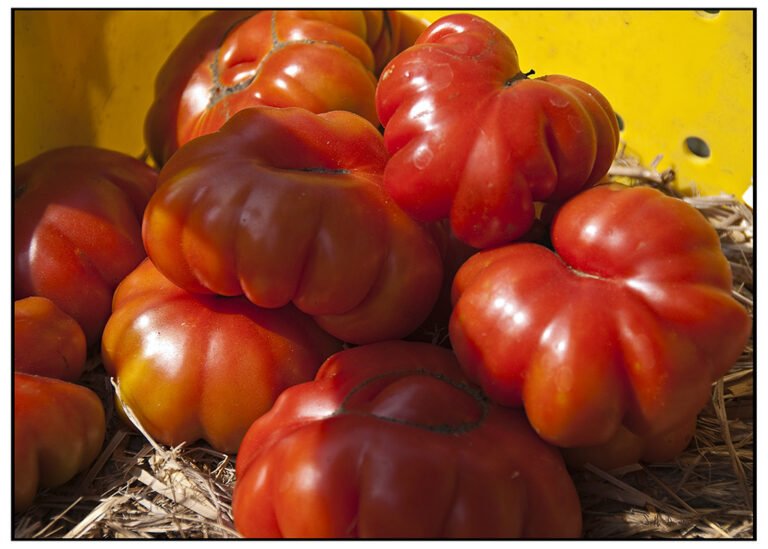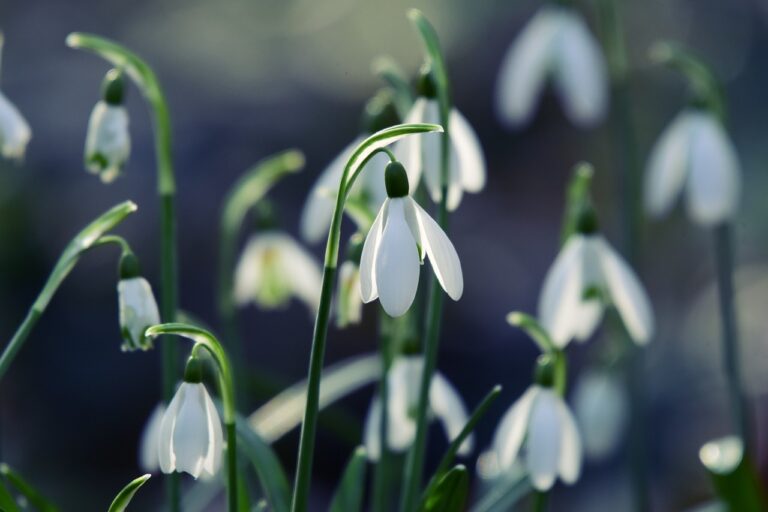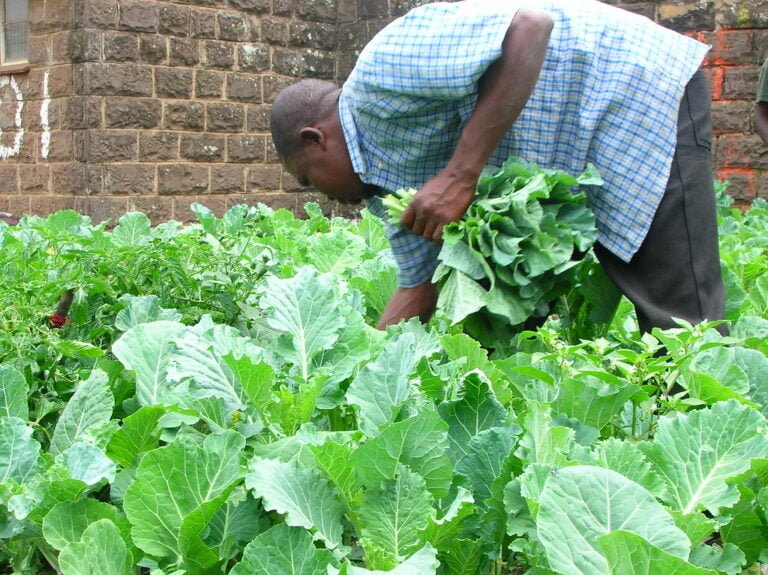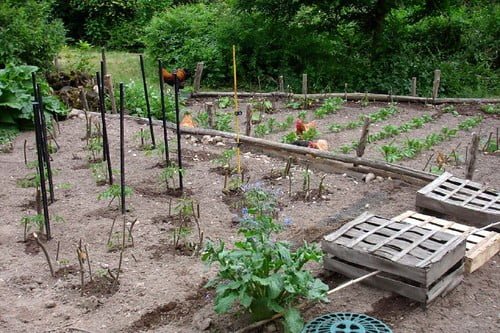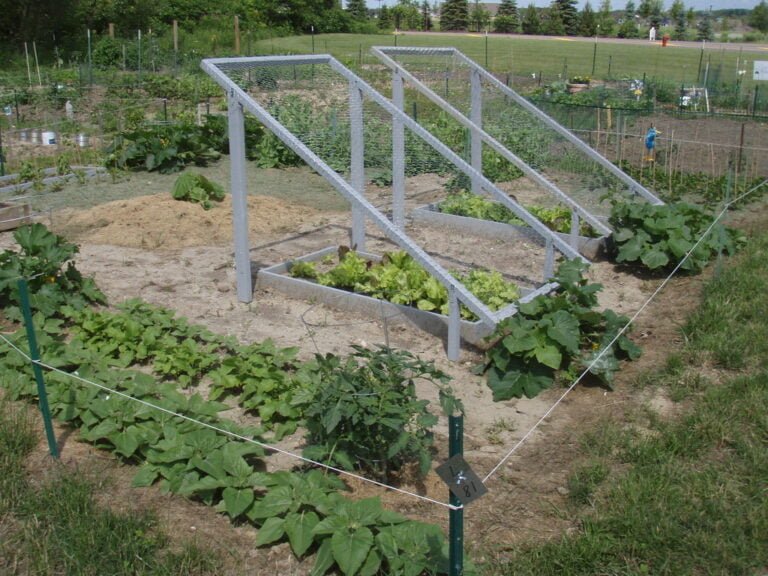Understanding the Shelf Life of Fertilizers: Can They Go Bad?
As an essential consideration, fertilizers can go bad if not stored properly. Granular types remain effective indefinitely when kept in cool, dry conditions. Organic liquids lose potency within a few years, unlike synthetic ones with a lifespan of 8-10 years if stored correctly. Active weed control formulations typically last 1-4 years. Signs of deterioration include foul odors, altered scents, and color changes. Proper storage techniques, adherence to expiration dates, and attention to environmental factors are key to maintaining fertilizer quality. Understanding these aspects is important for maximizing the efficacy of your fertilizers.
Types of Fertilizers and Their Longevity
Granular fertilizers, when stored properly, can maintain their efficacy indefinitely, making them a reliable choice for long-term nutrient supplementation in agriculture. Unlike liquid organic fertilizers that may lose potency within a few years, granular fertilizers offer an advantage in terms of shelf life. Synthetic liquid fertilizers, on the other hand, can last up to 8-10 years if stored correctly. Fertilizers containing active weed control ingredients typically have a shelf life ranging from 1-4 years, depending on their specific formulation.
Understanding the longevity of different types of fertilizers is important for effective agricultural practices. Granular fertilizers, due to their solid form, are less prone to degradation compared to liquid alternatives. Proper storage in cool, dry areas away from direct sunlight is key to preserving the effectiveness of these fertilizers. Adhering to the product label instructions for storage is vital to maximize their shelf life and ensure they remain potent for extended periods.
Proper Storage for Fertilizer Preservation
I store fertilizers in a dry, cool, shaded spot to prevent spoilage. Keeping them in their original packaging helps with clear identification and storage instructions. It’s important to seal bags tightly to maintain quality by keeping moisture out.
Optimal Storage Conditions
To maintain the quality and effectiveness of fertilizers, proper storage conditions are essential, ensuring longevity and peak performance. When storing fertilizers, consider the following ideal conditions:
- Dry, Cool, Shaded Areas: Fertilizer should be stored in areas that are dry, cool, and shaded to prevent degradation.
- Original Packaging: Keeping fertilizer in its initial packaging helps maintain clarity and instructions for proper usage.
- Secure Closure: Closing bags securely is vital to keep moisture out and preserve the quality of the fertilizer.
Prevent Moisture Exposure
When safeguarding fertilizers against moisture exposure for best preservation, proper storage techniques are essential to maintain their quality and efficacy. Clumping in granular fertilizer serves as an indicator of moisture exposure, potentially compromising its effectiveness. To prevent this, granular fertilizers should be stored off the ground in sealed containers in protected areas to avoid contact with moisture. For liquid fertilizers, sediment settling can occur over time due to moisture exposure. To mitigate this, it is advisable to shake the container before use. In regions with high humidity, extra care must be taken in storing fertilizers to uphold their quality and efficacy over time. Following these storage tips is important for ensuring the longevity and effectiveness of fertilizers.
Signs of Deteriorated Fertilizer
As a gardener, I carefully monitor any changes in my fertilizers. Any unusual odors or shifts in color can signal deterioration in the product. These indicators prompt me to take immediate action to guarantee the effectiveness of the fertilizers I use.
Odor Changes
Noticing a change in the smell of fertilizer serves as an important indicator of its deterioration. When it pertains to fertilizer spoilage, paying attention to odors is essential. Here are some key points to keep in mind regarding odor changes in fertilizers:
- A foul or off smell in fertilizer can be a sign that it has deteriorated or spoiled.
- Alterations in the scent from the original aroma may indicate that the fertilizer is no longer effective.
- Strong or unusual smells, such as a foul odor, should alert you to the possibility of the fertilizer being in a deteriorated state.
Being mindful of these odor changes can help you identify bad or deteriorated fertilizer before it impacts your plants’ health.
Color Variations
Regularly monitoring the color of fertilizers can provide valuable insights into their quality and potential deterioration. Color changes in fertilizers can be indicative of chemical reactions or nutrient breakdown. Darkening or fading hues may suggest a decrease in the nutrient content, affecting the effectiveness of the fertilizer. Green or blue color shifts in liquid fertilizers could signal algae growth, impacting its quality. On the other hand, red or brown hues might point to rust or oxidation within the fertilizer, which can compromise its efficacy. Therefore, monitoring color variations is vital in determining the quality and effectiveness of the fertilizer, allowing for timely adjustments or replacements to maintain ideal plant nutrition.
Factors Affecting Fertilizer Shelf Life
Storing fertilizers in optimal conditions greatly extends their shelf life, ensuring their effectiveness when applied to crops. Several factors influence the shelf life of fertilizers, whether they are granular or liquid, and understanding these elements can help maximize their longevity:
- Proper Storage Conditions: Proper storage conditions play a vital role in maintaining the shelf life of fertilizers. Factors such as humidity and temperature can have a substantial impact on the quality of the product. Granular fertilizers, when stored correctly, can last indefinitely due to their composition, while liquid fertilizers typically have a shelf life of 8-10 years if kept below 100°F.
- Expiration Date: Paying attention to the expiration date of fertilizers, especially products that contain herbicides like weed killers, is crucial. Weed and feed fertilizers usually expire within 1-4 years due to the herbicide components they contain. Using these products past their expiration date can lead to reduced effectiveness and potential harm to crops.
- Clumping in Humid Conditions: Clumping in granular fertilizers, particularly in humid conditions, is a common occurrence but does not necessarily indicate spoilage. This phenomenon is caused by moisture absorption, and while it may affect the product’s appearance, it does not typically impact its efficacy when applied correctly.
Liquid Vs. Granular Fertilizer Stability
When comparing the stability of liquid and granular fertilizers, it is important to take into account their respective shelf lives under varying storage conditions. Liquid fertilizers, whether organic or synthetic, have different longevity. Organic liquid fertilizers may lose potency within a couple of years, while synthetic ones can last up to 8-10 years if stored below 100°F. On the other hand, granular or dry fertilizers do not expire if stored correctly. Granular fertilizers can remain effective indefinitely when kept dry. However, clumping in granular fertilizers can occur in humid conditions, necessitating breaking up before use.
In terms of liquid fertilizers, sediments may settle over time, especially when stored in high humidity areas. It is important to shake the liquid fertilizer before use to ensure an even distribution of nutrients. Additionally, professional fertilizers, like those from Turf Care Supply, should be stored in sealed containers following the product labels for proper handling and storage instructions to maintain their effectiveness and shelf life. Understanding the differences in stability between liquid and granular fertilizers is important when deciding which type to use and how to store them for best results.
Impact of Environment on Fertilizer Quality
Environmental conditions greatly influence the quality and longevity of fertilizers, with factors such as temperature, humidity, and sunlight playing essential roles in maintaining their effectiveness. Proper storage is essential to preserve the quality of fertilizers. Here’s how environmental factors impact fertilizer quality:
- Moisture Exposure: High humidity levels can lead to clumping in granular fertilizers and sediment settling in liquid fertilizers. Moisture exposure can cause spoilage in fertilizers, resulting in reduced nutrient content and effectiveness over time.
- Temperature Control: Extreme temperatures can also affect the quality of fertilizers. Storing fertilizers in areas with consistent temperatures helps prevent degradation of their chemical composition. Excessive heat can accelerate chemical reactions, potentially reducing the shelf life of the product.
- Sunlight Exposure: Direct sunlight can degrade certain components of fertilizers, leading to a decrease in their effectiveness. UV radiation can break down organic molecules present in fertilizers, affecting their overall quality. Proper storage away from direct sunlight is crucial to maintain the integrity of both granular and liquid fertilizers.
Monitoring and controlling these environmental factors are essential for ensuring the longevity and effectiveness of fertilizers. By following recommended storage conditions and minimizing exposure to adverse conditions, you can help maintain the quality of your fertilizers for optimal performance in your gardening or agricultural endeavors.
Expert Tips for Fertilizer Maintenance
To maintain the efficacy and longevity of fertilizers, proper handling and storage practices are essential for guaranteeing peak performance in agricultural applications. Granular fertilizers can have a long shelf life, potentially lasting indefinitely if stored correctly in a dry environment. However, in humid conditions, clumping may occur, but this can be easily remedied by breaking up the clumps before use. On the other hand, liquid synthetic fertilizers have a shelf life of 8-10 years if stored below 100°F. It is noteworthy that sediments may settle in liquid fertilizers over time, so shaking them before application is recommended to ensure uniformity.
For both granular and liquid fertilizers, storing them in sealed containers is critical, particularly in high humidity areas, to preserve their quality. Sealed containers help prevent moisture from getting into the fertilizers, which can lead to clumping in granular fertilizers and degradation in liquid fertilizers. By following these practices of proper storage and handling, farmers and gardeners can maximize the shelf life of their fertilizers and guarantee that they are effective when applied to crops or plants. Quality maintenance is key to getting the most out of fertilizers and achieving top-notch results in agricultural activities.

